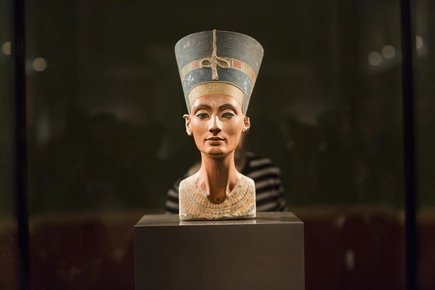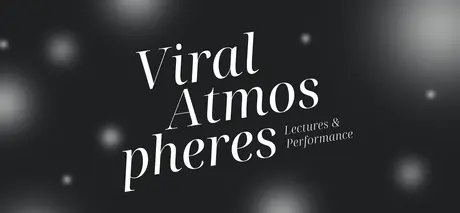
Since the beginning of the Covid-19 outbreak, the coronavirus cartographic dashboard developed by Johns Hopkins University became a companion of our life, along with myriads of charts, maps and geo-visualizations.
Such maps and mappings have concerned infected geobodies at different scales, from the planetary level to that of nation-states, from delimited red zones to the bodies of individual subjects locked down in quarantine. Taken collectively, such viral cartographies were not just aimed at monitoring and informing about the virus or the mobility restrictions, but acted as emotional amplifiers of an uncomfortable condition, giving an affective direction to the story we were experiencing.
How has such virality and vitality demonstrated by cartography during the pandemic impacted the post-Covid era? Beyond the experience lived during the pandemic, the memory of those feelings of vulnerability in cartographic form seems to persist in our present. This is the case with the many archives and atlases produced, which assume the function of a "memento". But, in addition to memory, cartography also becomes the bearer of certain practices inherited from the pandemic crisis. This is a legacy that tends to extend beyond the purely health/epidemiologic aspect to affect other spheres of existence.
A particularly salient example is the practices of crowd control, for instance in tourism contexts, where space reservation and the prefiguration of its occupation in cartographic form has become mainstream.
Through a geosemiotic approach, one could also map the legacy of the pandemic based on the intentional or inertial survival of prevention signs in material space, as well as other types of manifestations, such as street art, which are alternatively maintained or removed depending on the desire to communicate or not a prolonged atmosphere of vulnerability.
Through what selection processes does pandemic visual cultures continue or not to permeate our public spaces? In what ways do pandemic-related sensations blur and overlap with sensations of danger, anxiety or need for preparedness associated with new and different crises of the present (for example, wars or crime)? In what ways do viral feelings of vulnerability persist in space to convey new messages? Maps and metaphorical figures of mapping can help us explore these emotional territories.
- 90 minutes, lecture followed by discussion
(IN ENGLISH)
Additional information
The Summer School is organized by the research group Medical Anthropology of the Bernhard Nocht Institute for Tropical Medicine in Hamburg (BNITM, Deutschland) and is funded by the VolkswagenStiftung.Lecture: Tania Rosetto (Università di Padova, Padova, Italy)Moderator: Julia Hornberger (Witwatersrand University, Johannesburg, South Africa) Organizers: Sung-Joon Park, and Jacqueline Häußler (BNITM, Hamburg, Germany)
Dates
September 2025
| Mo | Tu | We | Th | Fr | Sa | Su |
|---|---|---|---|---|---|---|
1
|
2
|
3
|
4
|
5
|
6
|
7
|
8
|
9
|
10
|
11
|
12
|
13
|
14
|
15
|
16
|
17
|
18
|
19
|
20
|
21
|
22
|
23
|
24
|
25
|
26
|
27
|
28
|
29
|
30
|



